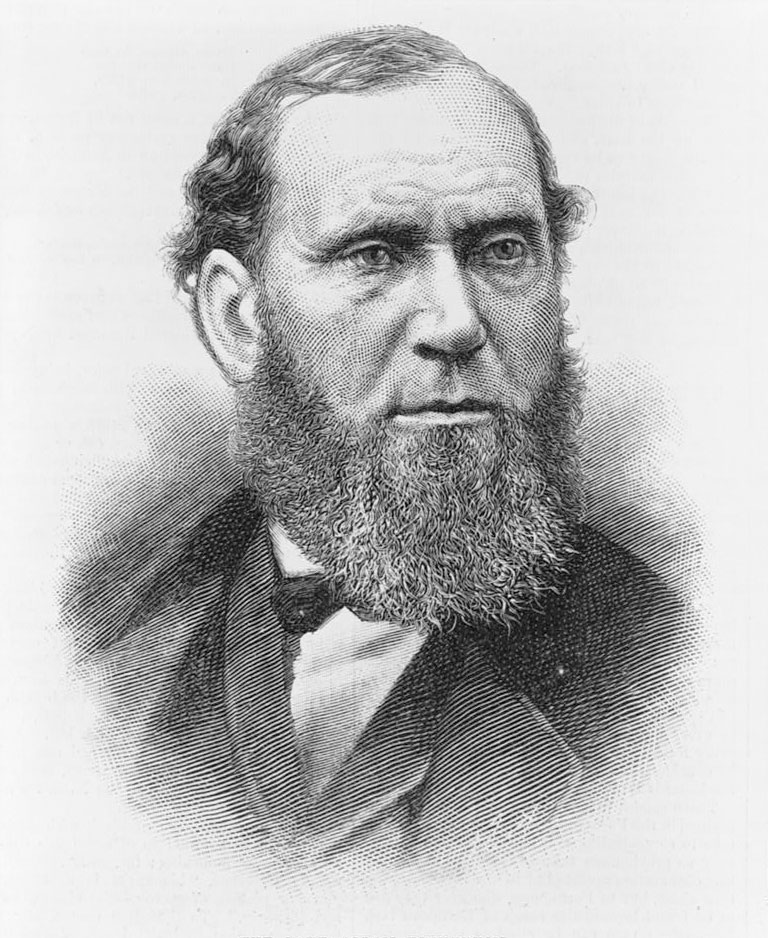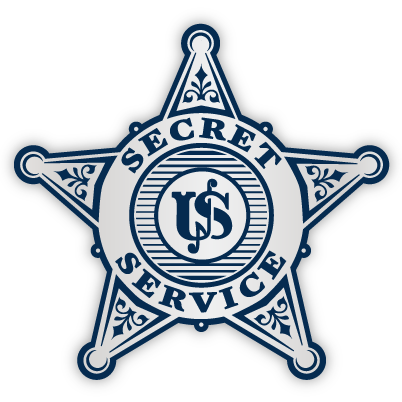The name "Secret Service" is not to be confused with earlier organizations within the United States War Department that used the same title. Many of the clandestine services involved in intelligence gathering, as well as numerous early detective agencies, generally refer to ‘secret services.’ There were instances of the War Department using ‘secret service’ division as early as the Revolutionary War.
The War Department “Secret Service” during the Civil War or early detective agency ‘secret services’ are not the United States Secret Service formed within the Treasury Department on July 5, 1865. Due to the investigative nature of the undercover Secret Services’ operatives’ investigative duties, their identities were to remain ‘secret,’ thereby creating the name Secret Service.
Both sides in the Civil War had a ‘secret service’ intelligence division which ran espionage and counter-espionage operations. The Confederacy’s Signal Corps had a covert agency called the Confederate Secret Service Bureau.
To further complicate matters, the first chief or director for the then-Treasury (now the Department of Homeland Security, or DHS) Secret Service, William P. Wood, also served in the War Department Secret Service. Two other notable individuals, Lafayette Baker and Alan Pinkerton also served in the War Department ‘Secret Service.”
At the outbreak of the Civil War, Alan Pinkerton served as the head of the Union Army’s secret service intelligence division from 1861-1862. He’s also known for starting the Pinkerton Detective Agency in the 1850s prior to his appointment. In his 1883 biography “Spy of the Rebellion,” Alan Pinkerton refers to himself as the chief of the Secret Service. Pinkerton is succeeded in his post by the controversial figure Lafayette Baker.

In General Lafayette Baker's memoirs, “The United States Secret Service during the Late War” he also described himself as the first chief of the Secret Service. His memoirs were published in large part to clear up his reputation. He was appointed by Secretary of War Edwin Stanton, but believed the Secretary was involved in corruption and was demoted for illegally tapping the Secretary’s telegraph lines.

As the first chief of the Treasury Department’s U.S. Secret Service appointed July 5, 1865, William P. Wood also served as an intelligence gatherer for the Union Army under the War Department. Many of the methods and tactics of both Baker and Wood would not have been well received today, harsh methods and little regard for warrants or constitutional rights being chief among them.

Chief William P. Wood was appointed from his position as the superintended of the Old Capital Prison in Washington, D.C. to lead the fight against counterfeiting. At the time of the end of the Civil War, it’s estimated that one-third of all the currency in the U.S. was counterfeit.
Also of note, as the U.S. Secret Service was being formed to investigate counterfeiting, Pinkerton, Baker and Wood were all called upon by the government to use their intelligence gathering backgrounds to bring to justice the perpetrators involved in the assassination of Abraham Lincoln in 1865.
Another instance of clandestine service using the name ‘secret service’ occurred during World War I.
The American Protective League originated in 1917, and was composed of volunteer groups of citizens who formed into 'secret service divisions' to aid the Bureau of Investigation (Department of Justice) in investigating individuals who were suspected of being unpatriotic and disloyal during World War I.
During the same time period, the Treasury Department’s Secret Service was also involved in curtailing subversive espionage-related activities. Confusion and misinformation resulted from the belief that League members were part of the Treasury Department’s Secret Service. Many of those League 'secret divisions' had poor records of success in ferreting out disloyalty, and were instead used to settle neighborly grudges. The League used the words Secret Service on its badges and official letterheads. The U.S. Secret Service was not pleased with the situation. Secretary of the Treasury William McAdoo’s protests led to the removal of the Secret Service inscription from League badges, however, the uneasy relationship continued until the American Protective League was disbanded in February 1919.

